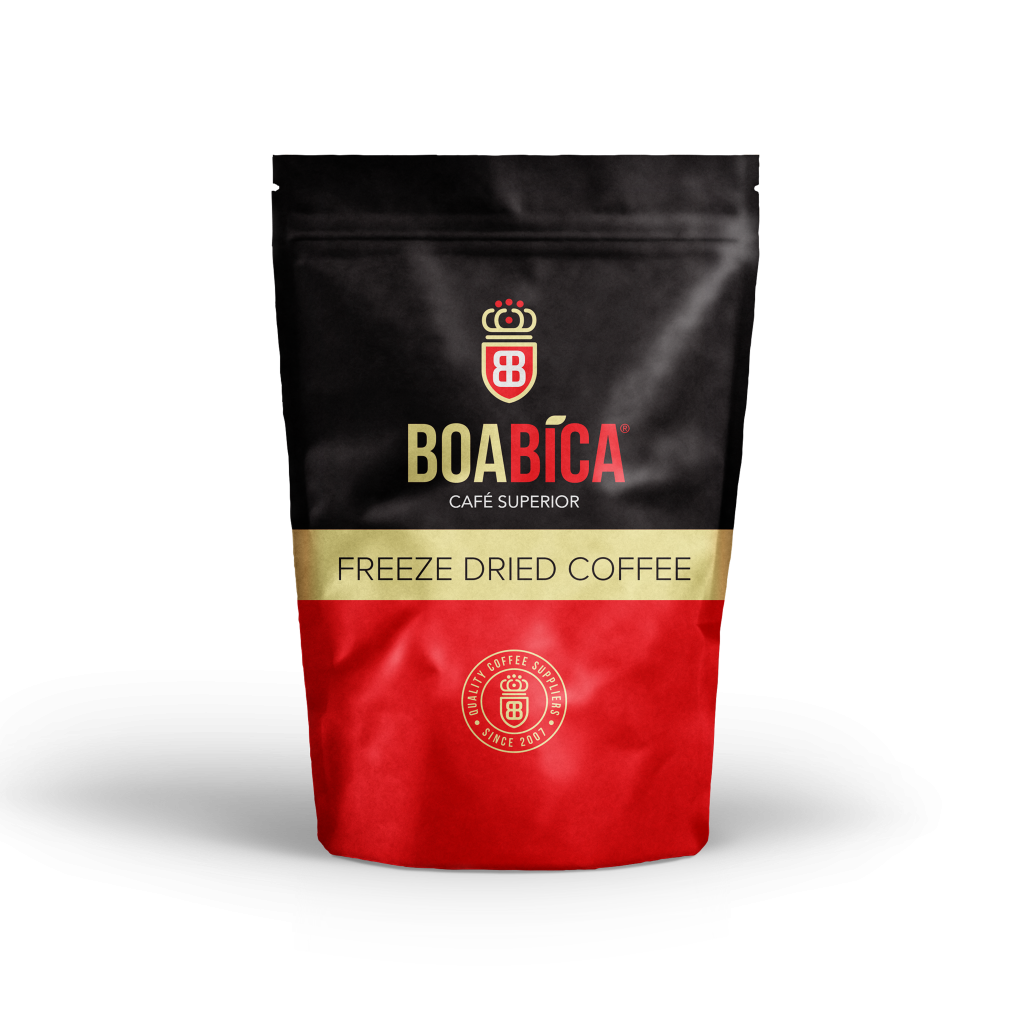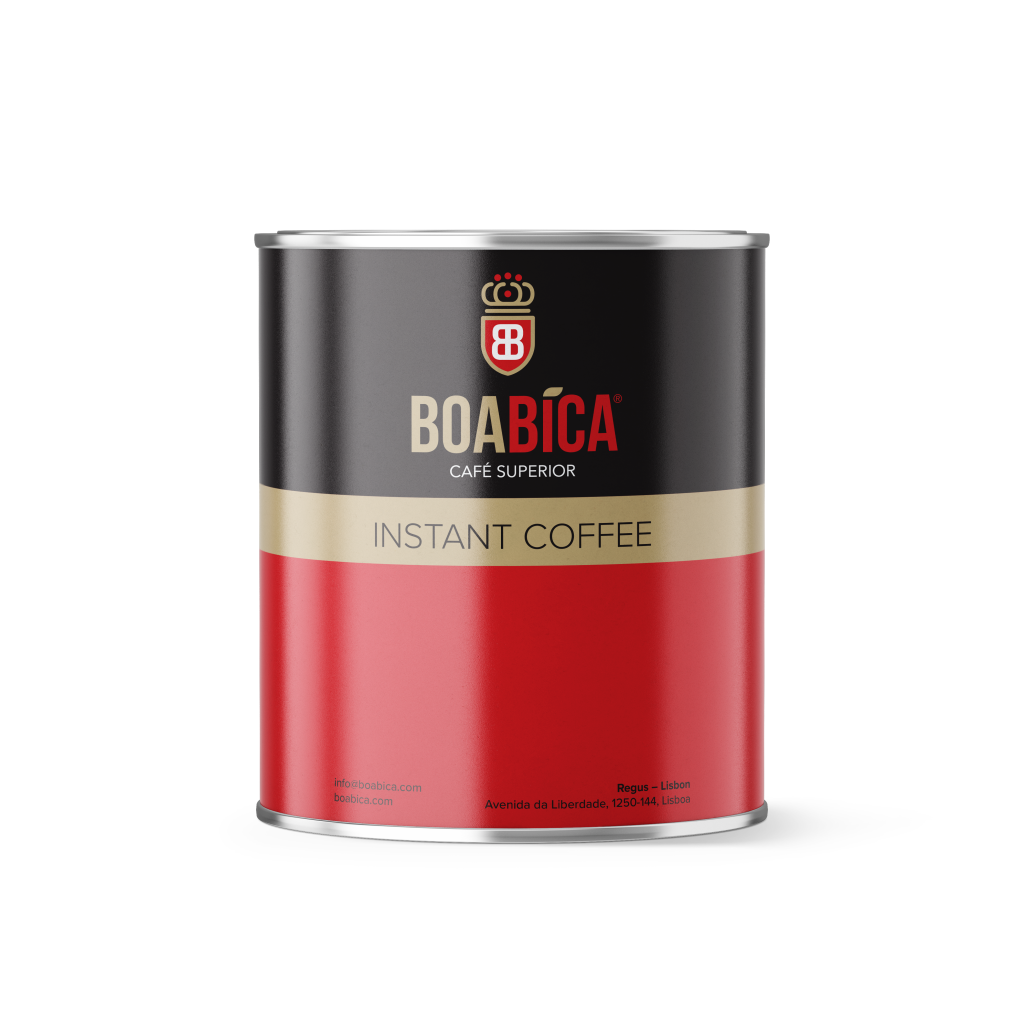Roasted coffee beans are the foundation of every great cup of coffee. Whether you’re brewing a rich espresso, a smooth pour-over, or a casual drip coffee, the quality and roast profile of the beans are crucial to creating the perfect cup.
What Are Roasted Coffee Beans?
Roasted coffee beans are the seeds of the coffee cherry that have been heated in order to develop their distinct flavors. The roasting process is what transforms green, raw coffee beans into the aromatic, flavorful beans that we grind and brew into coffee. The degree of roasting—ranging from light to dark—determines the flavor profile, acidity, and body of the final cup.
The Roasting Process:
Roasting is an essential step in the coffee production process. It involves applying heat to green coffee beans to trigger chemical changes, producing the characteristic aroma and flavor. The basic steps in the roasting process are:
- Bean Preparation: Green coffee beans are cleaned and prepped for roasting.
- Roasting: Coffee beans are roasted at high temperatures (typically between 370°F – 540°F / 188°C – 282°C) for a period of 10-20 minutes. During roasting, the beans undergo several stages:
- Drying Phase: Initially, the beans lose moisture.
- Browning Phase: As the temperature increases, Maillard reaction and caramelization occur, producing color and flavor compounds.
- First Crack: At around 385°F (196°C), the beans “pop” or crack, releasing CO2 and moisture.
- Development Phase: The beans continue to darken, and their flavors intensify.
- Second Crack (Optional): For darker roasts, a second crack occurs around 435°F (224°C), producing an oily, bold flavor.
- Cooling: The beans are quickly cooled to stop the roasting process and preserve their flavor.
Roast Levels:
Roast levels play a significant role in determining the flavor profile of the coffee. There are typically four main categories of roasted coffee beans:
- Light Roast:
- Characteristics: Light brown color, dry surface.
- Flavor Profile: Bright, fruity, floral, acidic, and complex. These roasts preserve the original flavors of the coffee bean, showcasing its origin characteristics.
- Popular Terms: Light City, Cinnamon, Half City.
- Medium Roast:
- Characteristics: Medium brown color, balanced flavor, no oily surface.
- Flavor Profile: Well-rounded and balanced, with moderate acidity, sweetness, and a fuller body. The flavors are a blend of the coffee bean’s natural flavors and those developed during roasting.
- Popular Terms: American Roast, Breakfast Roast, Regular Roast.
- Medium-Dark Roast:
- Characteristics: Dark brown color, slight oil on the surface.
- Flavor Profile: Rich, full-bodied, with deeper caramel and chocolate notes. It may have a bit of smoky or spicy flavor due to the roasting process.
- Popular Terms: Full City, Vienna Roast.
- Dark Roast:
- Characteristics: Very dark brown to almost black, oily surface.
- Flavor Profile: Bold, smoky, bittersweet, with low acidity and a pronounced roasted flavor. The natural flavors of the bean are overshadowed by the roasting process.
- Popular Terms: French Roast, Espresso Roast, Italian Roast, Spanish Roast.
The Importance of Freshly Roasted Beans:
The freshness of roasted coffee beans is critical to ensuring the best possible flavor. Once roasted, coffee beans begin to lose their freshness rapidly due to the release of carbon dioxide and the exposure to oxygen. For optimal flavor:
- Use beans within 1-2 weeks of roasting for the best aroma and taste.
- Grind just before brewing to preserve the freshness and avoid oxidation.
- Store beans properly: Keep them in an airtight container in a cool, dark place, away from sunlight, moisture, and heat. Avoid storing them in the fridge as moisture can damage the beans.
Why Roasted Coffee Beans Matter:
- Flavor Complexity: Roasted coffee beans, depending on their origin and roasting level, offer a vast range of flavors—from fruity and floral notes in light roasts to rich, smoky flavors in dark roasts.
- Aroma: The scent of freshly roasted coffee beans is one of the most beloved aspects of coffee. Roasting develops aromatic compounds that trigger your senses before the first sip.
- Variety: Roasting unlocks the unique potential of different coffee beans, so you’ll get distinct flavors from beans grown in Ethiopia, Colombia, Guatemala, or Brazil.
Types of Roasted Coffee Beans:
While there are countless variations of coffee beans based on their origin, here are some of the most popular types of beans used for roasting:
- Arabica Beans: Known for their smooth, mild flavor, and aromatic qualities, Arabica beans are often roasted to medium or light levels to preserve their fruity and floral notes.
- Robusta Beans: These beans are stronger, more bitter, and have higher caffeine content. They are commonly used for espresso blends and are typically roasted darker to mask their harsher flavors.
- Specialty Coffee: High-quality beans grown in specific regions and processed to maintain the integrity of their flavor profile. Roasting these beans to a medium or light level highlights the unique characteristics of the coffee’s origin.
Brewing with Roasted Coffee Beans:
Once your beans are roasted, they need to be ground to the appropriate size for your brewing method. The grind size will vary depending on whether you are using an espresso machine, a French press, a pour-over, or a drip coffee maker:
- Espresso: Fine grind for a smooth, rich shot of espresso.
- French Press: Coarse grind for a slower extraction.
- Drip: Medium grind for a balanced brew.
Conclusion:
Roasted coffee beans are the cornerstone of any great coffee experience. Whether you prefer the light, fruity flavors of a light roast or the bold, smoky undertones of a dark roast, the quality of the roasted beans directly influences the flavor, aroma, and overall satisfaction of your cup. For coffee lovers, the journey from selecting beans, roasting them to perfection, and brewing them is all part of the adventure in discovering the endless possibilities of coffee.
Investing in high-quality roasted coffee beans and experimenting with different roast levels can open up a whole new world of flavors, giving you the chance to truly appreciate the art of coffee.






